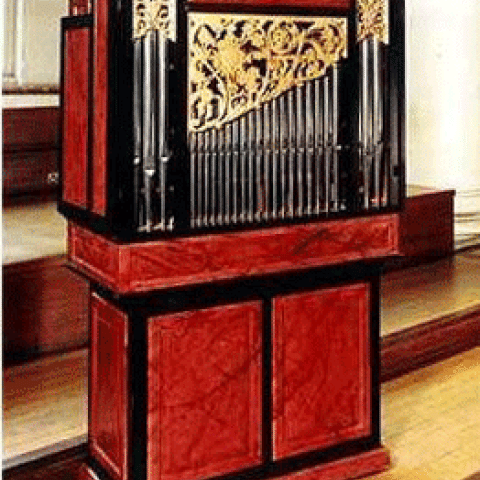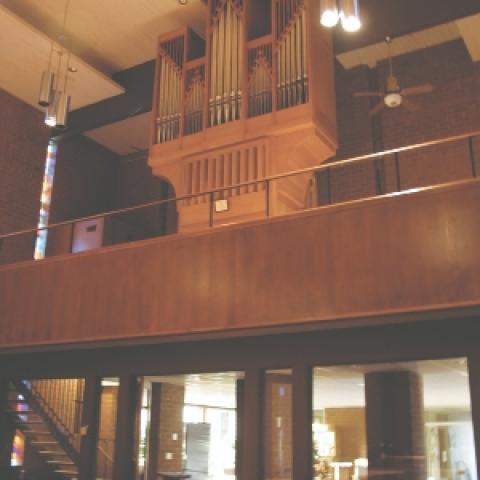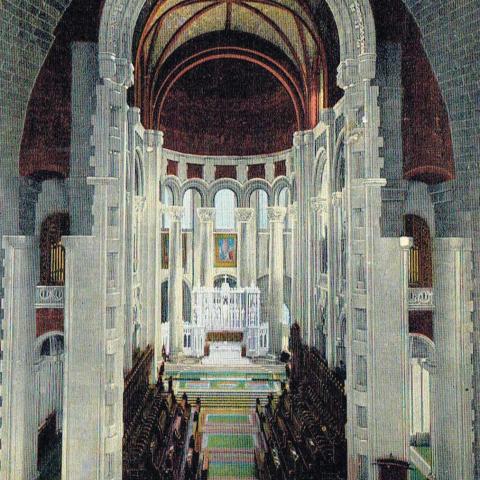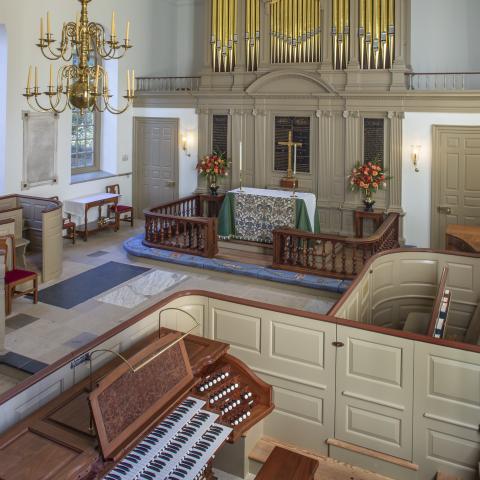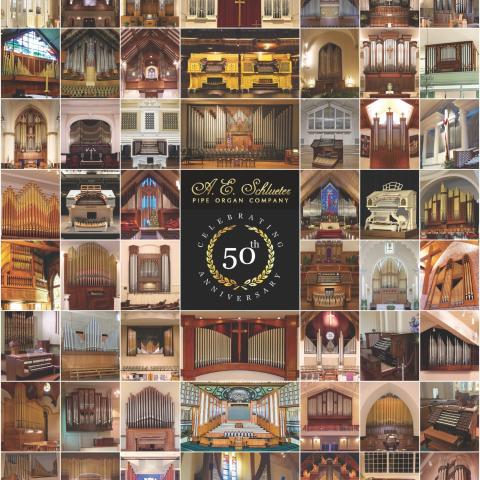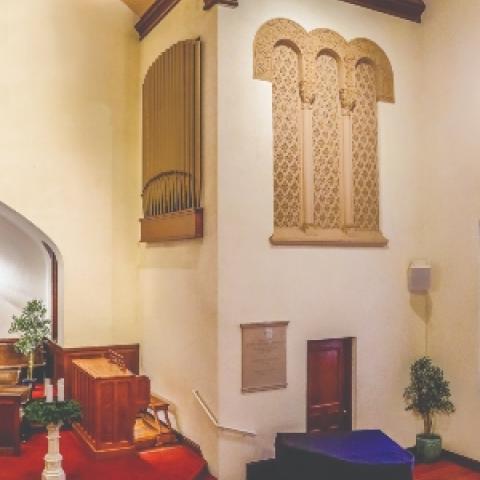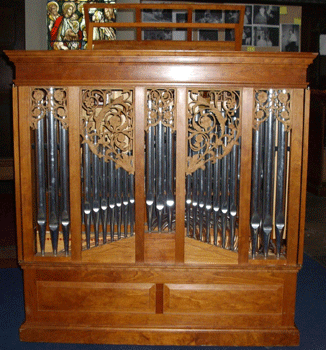
Mander Organs – Two further organs up for auction with PDS Valuers.
Acting on behalf of the Liquidators of Mander Organs Limited PDS Valuers are selling Two Organs:
Mander Four Stop Chest Organ Known as “The Millennium Organ”
&
Chamber Organ (c1814) by Thomas Elliot
Peter Davies of PDS Auctions says “Following the success of our auction last year containing the Complete Assets of The Long-Established Pipe Organ Maker & Restorer, we are pleased to now offer two further organs for sale.”
The auction is on view 16th February (by appointment only) and the sale closes 17th February.
Full catalogue:
0345 257 2533

